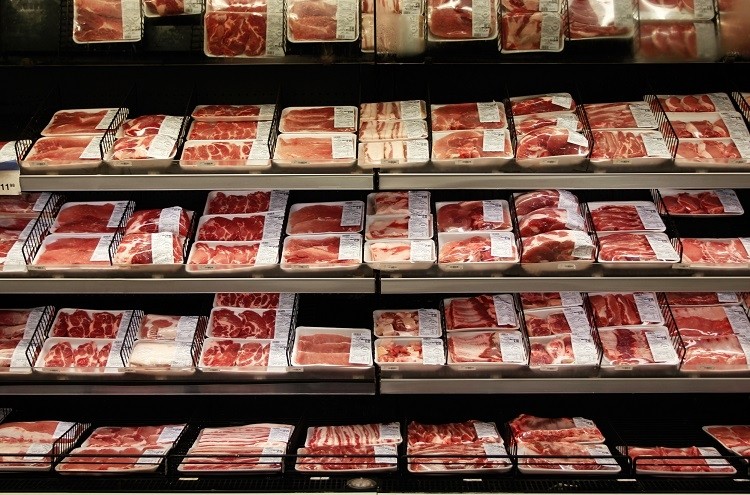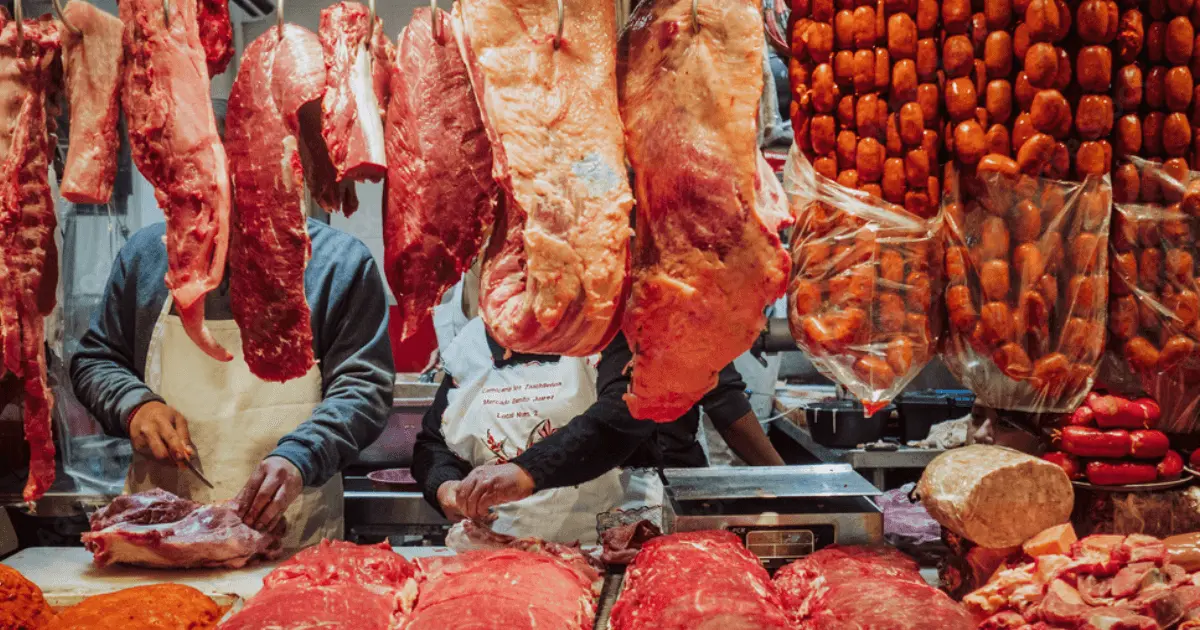Discover the Art of the Butcher's Cut in a Modern Meat Market
In the ever-evolving landscape of modern-day meat markets, the butcher's cut has actually transcended its conventional origins, combining old-time craftsmanship with modern practices. What absolutely establishes the modern-day butcher apart is their capacity to create a much deeper link in between customers and the beginnings of their meat.
Evolution of Butchery Methods
The development of butchery methods reflects a rich tapestry of innovation and adjustment driven by innovations in modern technology, adjustments in consumer demand, and a deeper understanding of meat science. Historically, butchery was a craft passed down with generations, with approaches sharpened over centuries to optimize yield and flavor. However, the industrial revolution ushered in mechanization, changing typical methods and making it possible for large-scale processing.
The mid-20th century saw butchery methods additionally fine-tuned by scientific understandings right into muscle mass biology and meat aging, improving both inflammation and preference. Developments like vacuum cleaner packaging and refrigeration extended item shelf-life, enabling butchers to expand offerings and enhance quality assurance. This period additionally noted the increase of specific equipment, such as band saws and meat slicers, which enhanced precision and efficiency in meat processing.

Digital systems now aid in tracking pet provenance and maximizing cuts to satisfy details consumer choices. Furthermore, a revival in artisanal butchery has emerged, blending standard abilities with modern understanding to provide to consumers looking for moral and lasting meat choices.
Understanding Meat Cuts
Understanding the ins and outs of meat cuts is essential for both butchers and consumers looking for quality and value. For butchers, accurate cuts show ability and respect for the craft, guaranteeing marginal waste and optimum yield.

Understanding muscular tissue make-up is important; muscular tissues made use of much more often by the pet tend to be harder and are best suited for sluggish cooking approaches, while less-used muscular tissues, like those discovered in the loin, are a lot more tender and ideal for barbecuing or roasting. Familiarity with these distinctions empowers consumers to make informed options, boosting their cooking undertakings.
Selecting High Quality Meat
Picking the right meat involves more than just selecting an aesthetically enticing piece from the screen. The art of choosing quality meat requires a critical eye and understanding of certain characteristics that represent freshness and quality.
Second of all, take into consideration the marbling, which describes the white streaks of fat within the muscle. Appropriate marbling is a vital indicator of tenderness and flavor, as it melts throughout food preparation, boosting the meat's juiciness. Remember, higher marbling commonly associates with premium quality cuts, such as USDA Prime.
Structure is one more important variable; meat should feel go to these guys firm to the touch, not slimy or excessively soft. Furthermore, be conscious of the aroma. Fresh meat needs to have a clean, neutral smell, devoid of any kind of sour or repulsive smells.
Coupling Cuts With Food Preparation Approaches

Conversely, tougher cuts like brisket and chuck roast are abundant in collagen, which damages down into gelatin when prepared gradually. These cuts are perfect for braising or sluggish roasting, permitting the meat to tenderize in time and create deep, intricate flavors. Cuts such as short ribs and pork shoulder fare well with slow-cooking techniques, where prolonged cooking times change their durable appearances into succulent dishes.
Lamb shanks and oxtail, which need extended food preparation to soften, are perfect candidates for stewing or sluggish simmering. These approaches coax out abundant, passionate tastes while keeping dampness. By understanding the distinct attributes of each cut, cooks and home cooks alike can raise their cooking productions, making certain each dish is both satisfying and unforgettable.
The Butcher's Role Today
Navigating the developing landscape of the contemporary meat market, the butcher's role today prolongs beyond plain prep work of cuts. Contemporary butchers are culinary craftsmens, teachers, and advocates for lasting methods. They bridge the void between the farm and the fork by making certain honest sourcing, understanding pet husbandry, and prioritizing openness in the supply chain. This change reflects the expanding consumer need for high quality over quantity, where provenance and pet welfare linked here are paramount.
In enhancement to crafting accurate cuts, butchers currently engage directly with consumers, using cooking recommendations and tailoring selections to match private needs and preferences. Their experience in meat aging, marbling, and taste profiles encourages consumers to make informed decisions, enhancing their cooking experiences. This customized solution exhibits the butcher's evolving duty as a trusted expert in the kitchen.
In addition, butchers are critical in decreasing waste, using entire animals to produce diverse products such as sausages and supplies. This comprehensive technique not only values the animal but likewise aligns with modern sustainability objectives. In this way, the contemporary butcher personifies both tradition and development, adapting to an ever-changing market while protecting the virtuosity and honesty of their craft.
Conclusion
The contemporary butcher's craft intricately weaves standard strategies with modern-day technologies, emphasizing sustainable practices and ethical sourcing. Mastery in understanding diverse meat cuts and quality indicators empowers butchers to offer educated suggestions, lining up particular cuts with ideal cooking techniques. This know-how not just raises culinary experiences however also enhances the connection between consumers and the beginnings of their food. By recognizing historic methods while accepting contemporary needs, the butcher's duty continues to be crucial in today's innovative meat market (bagley farms meat market edwardsville il).